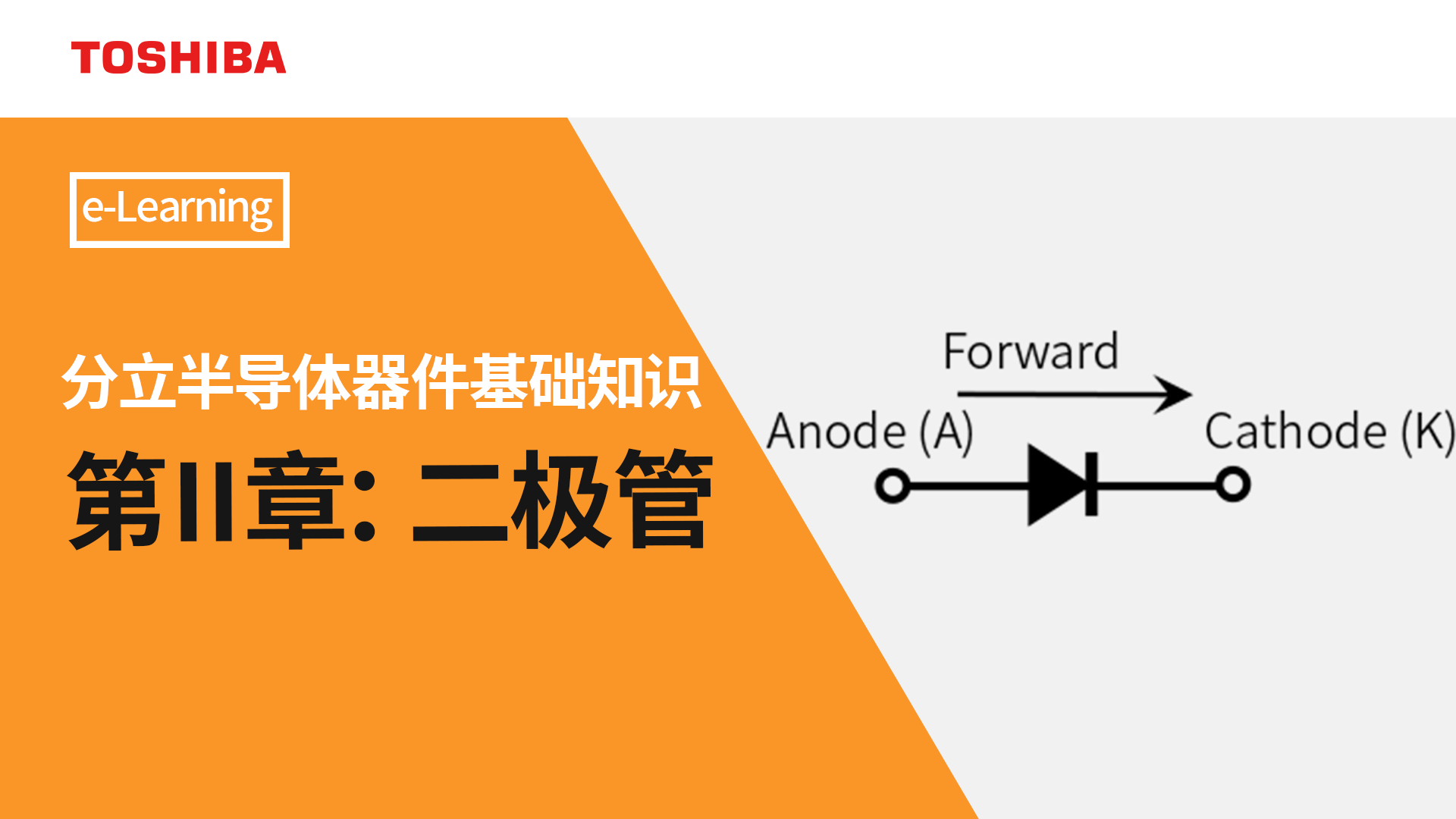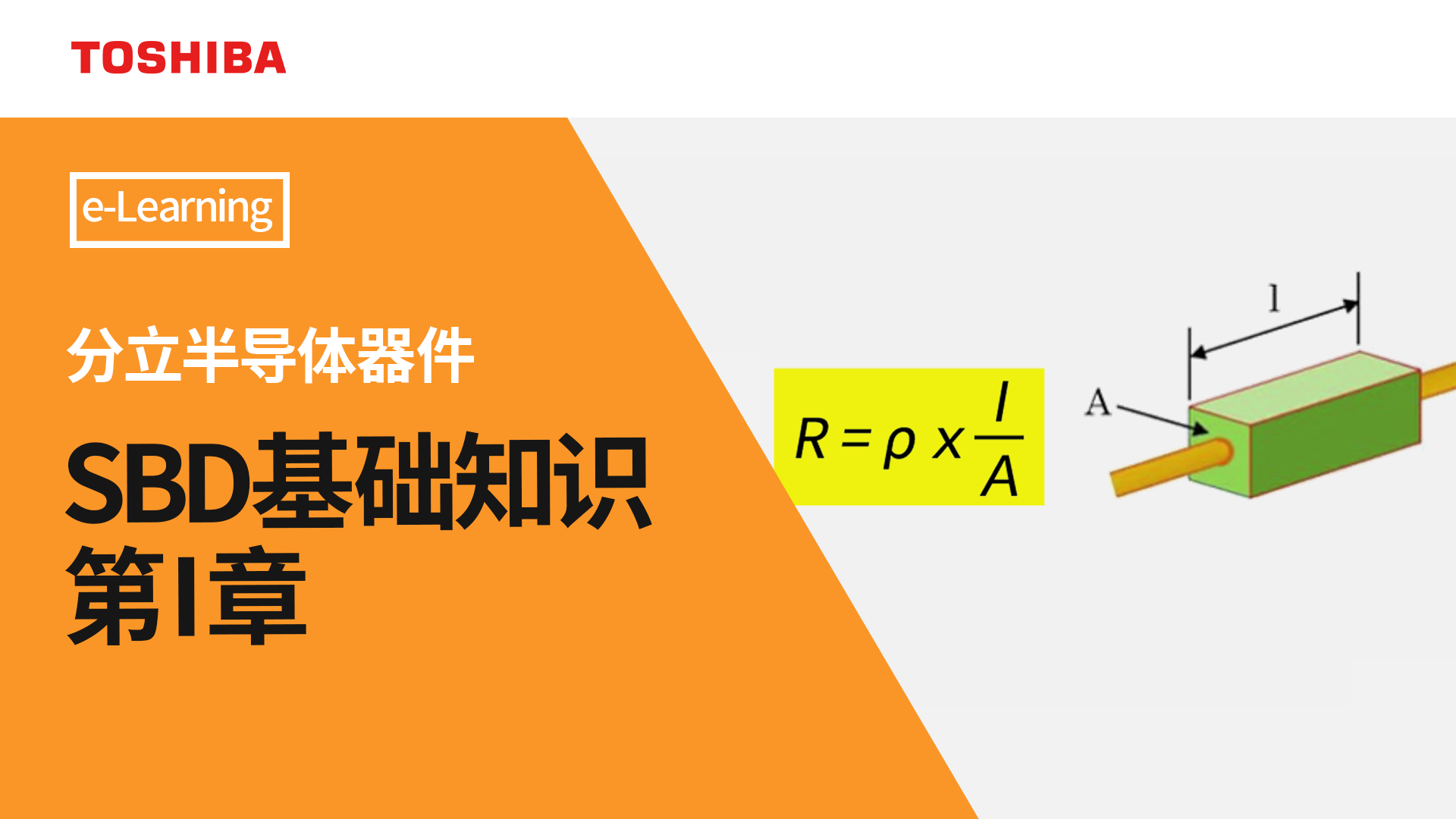- 型号 & 关键词搜索
- 交叉搜索
- 参数搜索
- 库存查询与购买
This webpage doesn't work with Internet Explorer. Please use the latest version of Google Chrome, Microsoft Edge, Mozilla Firefox or Safari.
请输入3个以上字符 Search for multiple part numbers fromhere.
The information presented in this cross reference is based on TOSHIBA's selection criteria and should be treated as a suggestion only. Please carefully review the latest versions of all relevant information on the TOSHIBA products, including without limitation data sheets and validate all operating parameters of the TOSHIBA products to ensure that the suggested TOSHIBA products are truly compatible with your design and application.Please note that this cross reference is based on TOSHIBA's estimate of compatibility with other manufacturers' products, based on other manufacturers' published data, at the time the data was collected.TOSHIBA is not responsible for any incorrect or incomplete information. Information is subject to change at any time without notice.
请输入3个以上字符
二极管技术文档是否指定了工作温度范围?
除了少数产品(1SS389、CES520)外,未描述二极管等单个半导体元件的工作温度。这是因为二极管等分立半导体与IC不同,其中产生的热量会根据客户的使用条件而相应变化。使用工作温度时,应使使用期间的结温低于绝对最大额定值中所列的结温Tj。
根据简单的判断,计算施加至二极管的电压和电流的损耗,并确保该值小于绝对最大额定功耗PD。如果计算出的损耗接近功耗PD,且工作温度高于25°C,或者开关速度很快,请参考以下应用说明进行计算,并决定是否更换PD较高的元件。
应用说明:二极管基础知识(功率损耗和热设计)
Basics of Diodes (Power Losses and Thermal Design) (PDF:867KB)
尽管可在最高结温Tch (max)或更低的温度下使用,但必须考虑性能下降和寿命等可靠性问题。性能下降等降级会随着结温的升高而加速。
为保持您的设备的长期稳定性能,请在设计时针对最大结温Tch (max)进行降额。
关于降额信息,详见以下文件。
可靠性信息:操作注意事项和要求
相关链接
关于产品,请参考以下链接。





